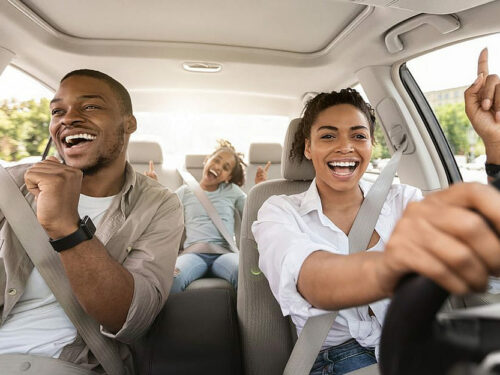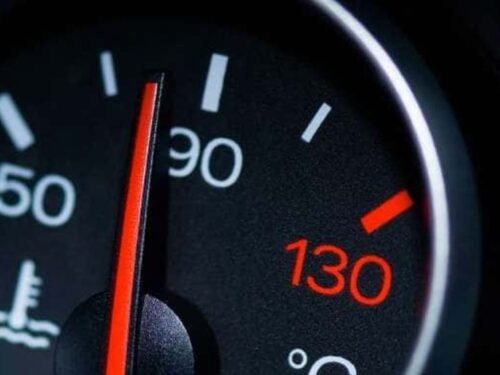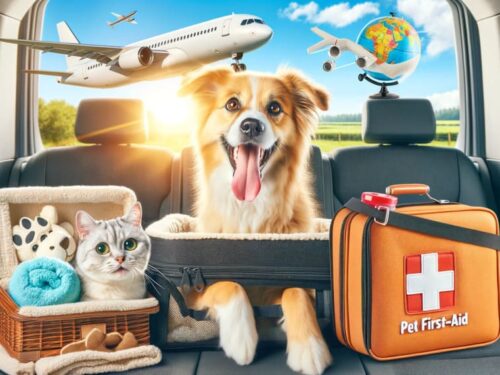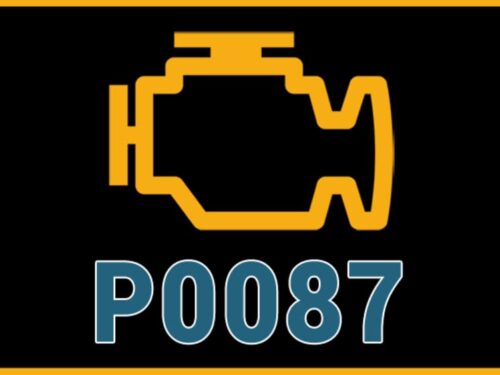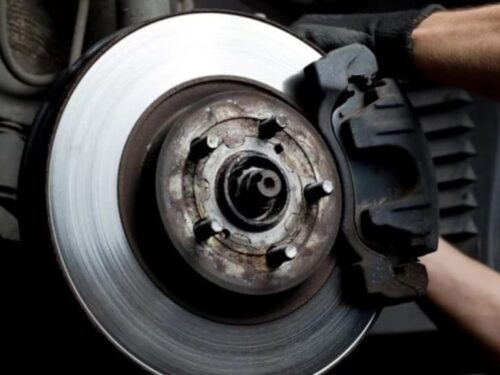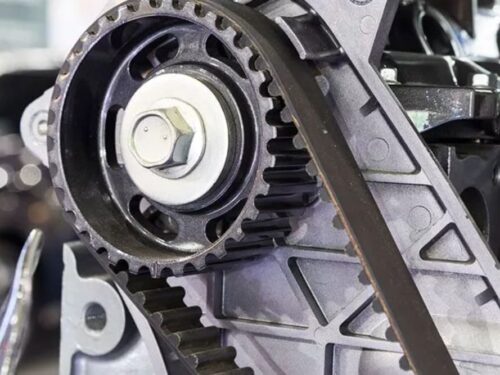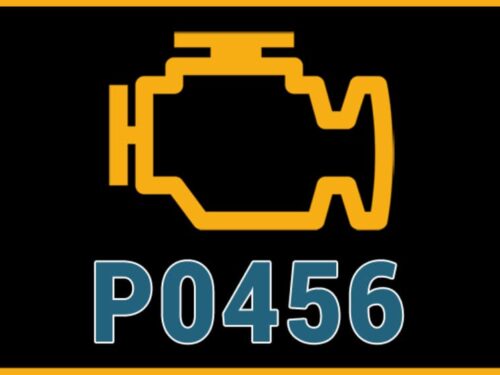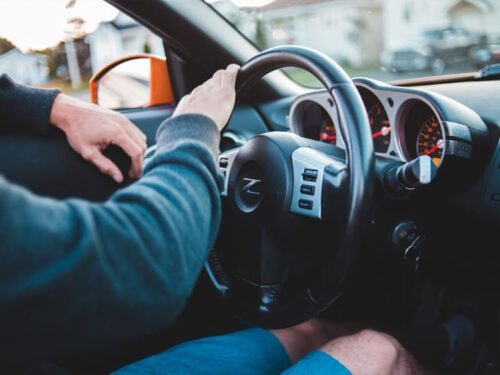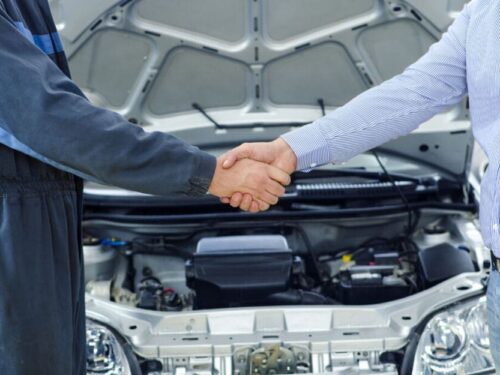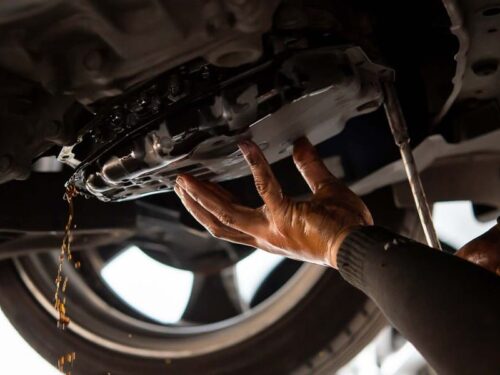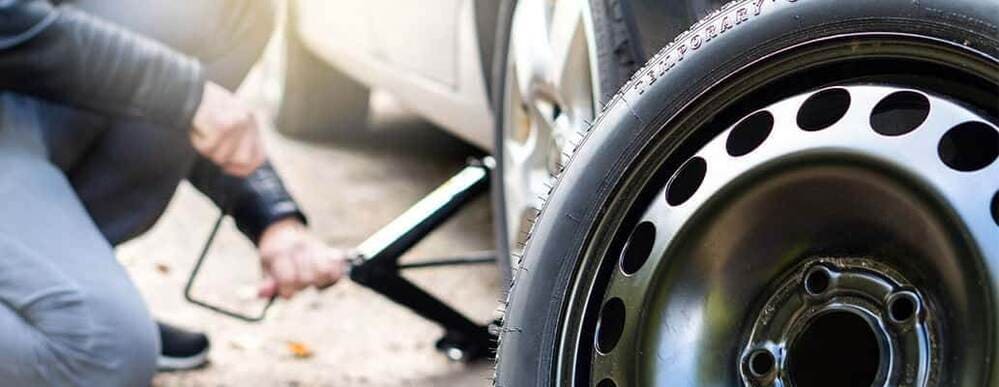
Let’s be honest – it is not pretty to visualize that you have a flat tire or a dead battery, and you are stuck in the middle of the road with no help in sight. However, if this imaginary scenario always motivates you to keep yourself geared up with emergency car repairs at all times, it is worth it in the long run.
But which emergency repair tools come in most handy when you are down with car trouble?
This article will discuss the repair items that should
accompany you on all of your car journeys.
Toolkit
Your best friend for the scenario discussed above would have been a toolkit. A toolkit contains a screwdriver for removing the hubcaps, and a lug wrench and a jack for replacing a flat tire. Your toolkit should also consist of other handy items like pliers, antifreeze, pocketknife, duct tapes, and a WD-40 can.
Spare Tire
Although most cars still come with a flat tire, it is not exactly a given. So, you need to check your vehicle to make sure that you are carrying an extra tire and that the pressure of that tire is intact. You need your spare tire ready for use whenever you need it.
A portable tire inflator can be a massive help in emergency situations where you are unable to find any professional help. Although these inflators can swiftly seal and inflate your flat tire, they only provide a temporary solution, giving you just enough time to drive at moderate speeds and get to your nearest mechanic or repair shop.
Reusable Flares
Road flares allow you the visibility you require to drive safely and comfortably. However, the magnesium flares designed for one-time use will cost you a great deal of money. A better option would be to use those reusable, bright, and waterproof LED flares that usually require a couple of AAA batteries, and can comfortably function for 30-40 hours.
Headlamp
If you are repairing your car by yourself, you would want to keep both your hands free for working. A decent headlamp provides enough illumination for you to complete any car-related task. Moreover, most LED headlamps are rechargeable, so keeping them charged and ready-to-use should not be a problem for you.
First-Aid Kit
A first-aid kit can make a world of difference when you get into a minor accident. The mainstays for any first-aid kit are bandages, antiseptic sprays, adhesive tapes, gauzes, antibiotic ointments, cotton swabs, and over-the-counter painkillers. You can also throw in some basic surgical items such as scissors or tweezers, along with a thermometer or two.
Jumper Cables
In case you have a dead car battery, and you find a driver willing to help you out, a pair of jumper cables can make both your jobs significantly more manageable. You can connect the cables with the positive and negative terminals of the other person’s car battery, and act according to the instructions.
Blankets and Warm Clothes
If your car runs into an accident or breaks down during low temperatures, you would want to keep warm clothes handy to protect yourself and your passengers from the cold. Hence, always make sure to equip your car with sweatshirts, coats, socks, or gloves.
A car collision often forces the driver(s) into a state of shock. In such a case, covering the driver(s) with blankets can not only provide them with warmth and a feeling of comfort, but can genuinely prove to be a life-saving act.
Cut-Resistant Gloves
There is another kind of gloves that should always be a part of your car repair tools – the ones that allow you to break your glass window without hurting yourself. Covered with cut-resistant materials, these gloves will help you shatter your glass window to get yourself out in case of an emergency.
Moreover, you can also use these resistant gloves while repairing your vehicle or helping injured passengers in case of a wreck.
A fully Charged Phone
Not only should you leave your house with a 100-per cent phone battery, but you should also have a spare charger in your vehicle. Some people even go the extra distance and keep an inexpensive cellular phone in their glovebox, should they ever forget to carry their regular one.
Tow Rope/Tow Strap
Tow services are not always available, so it is a good idea to carry tow straps or ropes that will allow you to carry your vehicle to the nearest repair shop. We recommend that you keep towing material that can tow a minimum of 6,500 pounds.
Paper Towels
Paper towels are incredibly underrated as emergency car repair items, but you will realize their importance once you have to open up your hood and you find nothing to wipe the oil off your hands or dry up an oil spill.
Water and Snacks
Water and snacks might not help repair your car, but they can certainly help improve your situation and give you the energy you need to survive in a stranded area. Or, if you or any of your passengers have a medical condition like diabetes, snacks can help them prevent low-blood sugar (which is another emergency in itself). Keep food items that are not perishable and easy to consume, such as nuts, dried fruits, or seeds.
Fire Extinguisher
When involved in major collisions, cars are prone to catch fires.
The National Fire Protection Association gives out ratings for fire extinguishers, based on the kind of fires they are useful for. Vehicles should have a fire extinguisher rated class B and C, suitable for fires triggered by liquid substances like kerosene, diesel fuel, or gasoline, as well as for those caused by electrical equipment (Class A extinguishers are used for fires caused by wood or paper, and hence, do not have any use in car-related fires).
Warning Triangles or Beacons
Getting stranded on a busy intersection or a rural road means that oncoming drivers will not always be able to spot you instantly. Through battery-powered beacons, you can warn unwitting drivers so that they take precautions and do not jeopardize their or your safety.
Reflective triangles also serve a similar purpose. You can place them on the roadside, around 50 to 60 feet away from your car, making them easily visible to other drivers.
A Pepper Spray
Being stuck on the side of the road means that you are in a vulnerable position and can be an easy target for muggers or looters. Arming yourself with a pepper spray will put you in a better position to negate any possible threat or danger.
In conclusion, a little planning can go a long way in easing your woes in case of a car emergency event. Apart from keeping a minor inconvenience from evolving into a significant problem, being prepared for such vehicle emergencies will ensure that you hit the road with a calm and relaxed frame of mind.
Courtesy of paautoinspection

